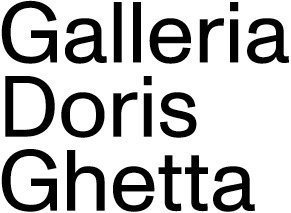Martina Steckholzer
Le Carnaval des Animaux
20.09.
16.11.24
Ortisei
In her third solo exhibition at the Galleria Doris Ghetta, Steckholzer presents a series of works that connect her recent explorations of zoological specimens with the historical and artistic theme of the „Dance of Death,“ reinterpreted with a carnivalesque flair. This new series of paintings transforms the creative process into a dynamic dialogue between the artist and her work. The key pieces, each measuring 120x100 cm, depict monkeys in lively poses, highlighting Steckholzer‘s ability to capture movement and energy on the canvas.
We must therefore do more than stage human tragedies; perhaps we should engage in a dance with those who are both familiar and strange to us. What about a Dance of Death to practice shared mortality, and an Animal Dance to practice shared vulnerability with animals? A dance carries different risks than a tragedy. It requires responsiveness, someone who dances along, who picks up, continues, and responds to a movement. A dance is a gamble on one‘s own ability to change, an attempt to inhabit another body. [...] When animals and the dead dance, and especially when dead animals dance, as in Martina Steckholzer‘s works, much is at stake. Their movements announce that there is another world beyond and within that of living humans. They remind us of the shared mortality of humans and animals, and that within this lies the worldly utopia of another way of living together. (1)
These works go beyond simple depictions of primates and embrace a carnivalesque exuberance that acknowledges the impermanence of all things. The use of color and form creates an immediate impact, transforming each canvas into a fragment of a grand carnival spectacle.
The exhibition draws inspiration from Camille Saint-Saëns‘ symphonic work of the same name, a „witty and burlesque“ piece that the composer wrote after attending a carnival procession in a small Austrian village. Written in 1886, the work was not published or publicly performed until after Saint-Saëns‘ death in 1921. In line with the whimsical scenes of this musical fantasy, Steckholzer‘s second body of work in the exhibition showcases a masked ball. Inspired by a visit to the Rietberg Museum in Switzerland, the procession of alpine masks comes to life on the canvases, evoking themes of carnival celebrations and dances on mountaintops and volcanoes.
The exhibition is accompanied by a text from Karin Harrasser, Professor of Cultural Theory at the University of Arts in Linz. She is the German translator of Donna Haraway‘s „Staying with the Trouble.“
(1) Quote from „Tiertotentanz,“ Karin Harrasser




